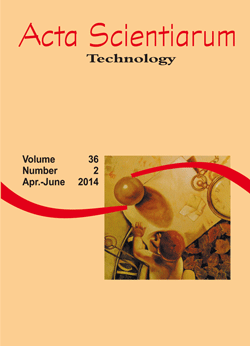<b>The effect of β-cyclodextrin in the photochemical stability of propranolol hydrochloride in aqueous solution<b>
Abstract
The degradation of propranolol hydrochloride (1-isopropylamino-3-(naphthoxy)-2-propranolol) in an aqueous solution was analyzed when irradiated by light UV, with and without β-cyclodextrin. There was an increase in the compound´s photostability in nanocavity when compared with the drug without the cyclodextrins’ cavity. First order kinetic model was employed for the degradation of propranolol in aqueous media and in cyclodextrins’ cavity. The kinetic parameter was obtained by the drug´s absorption and electronic fluorescence. As a rule, encapsulation of propranolol in β-cyclodextrin decreases photodegradation speed by 53%.
Downloads
DECLARATION OF ORIGINALITY AND COPYRIGHTS
I Declare that current article is original and has not been submitted for publication, in part or in whole, to any other national or international journal.
The copyrights belong exclusively to the authors. Published content is licensed under Creative Commons Attribution 3.0 (CC BY 3.0) guidelines, which allows sharing (copy and distribution of the material in any medium or format) and adaptation (remix, transform, and build upon the material) for any purpose, even commercially, under the terms of attribution.
Read this link for further information on how to use CC BY 3.0 properly.





















